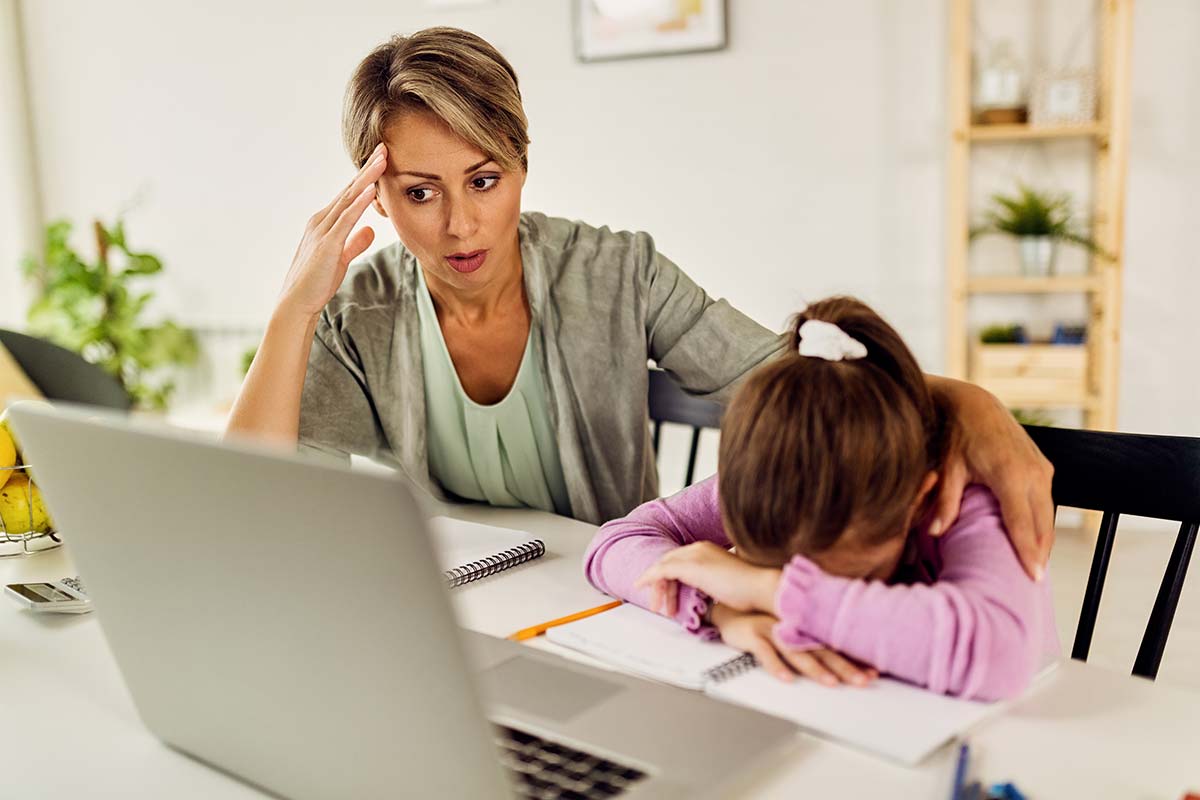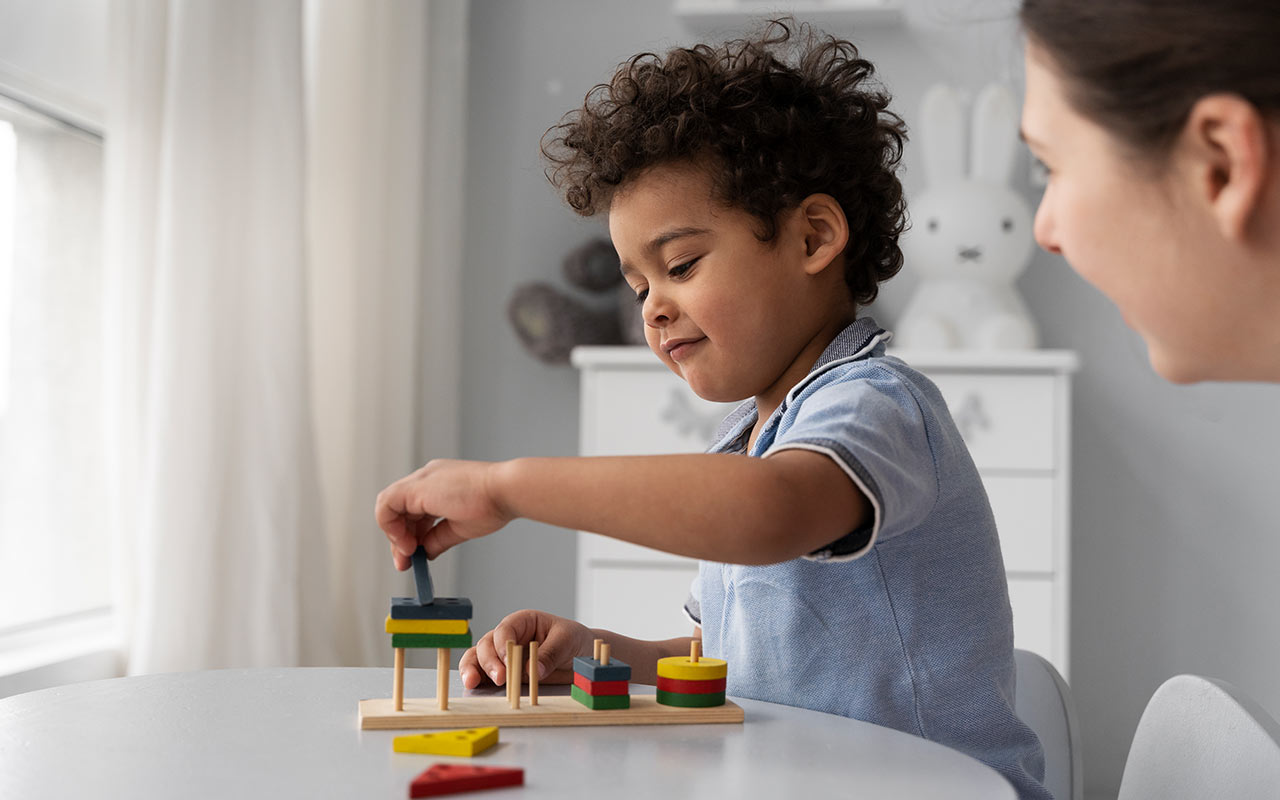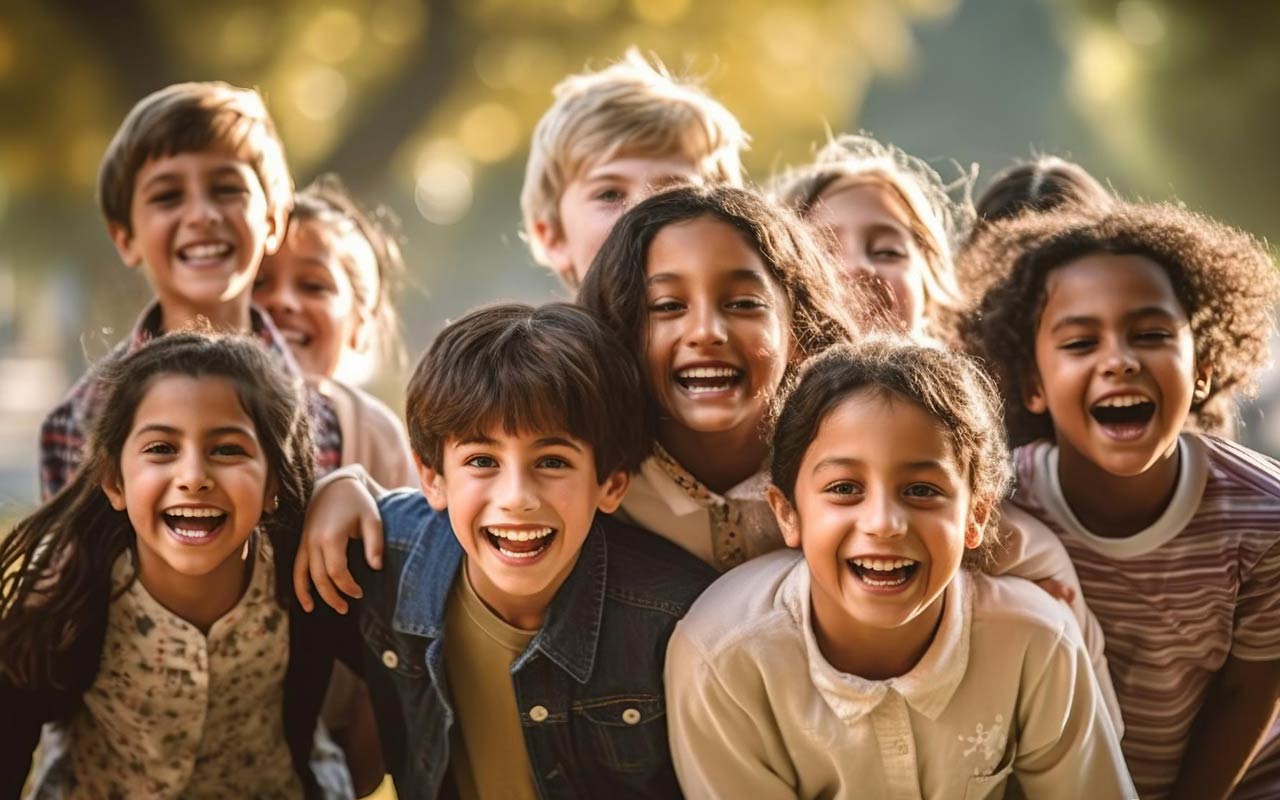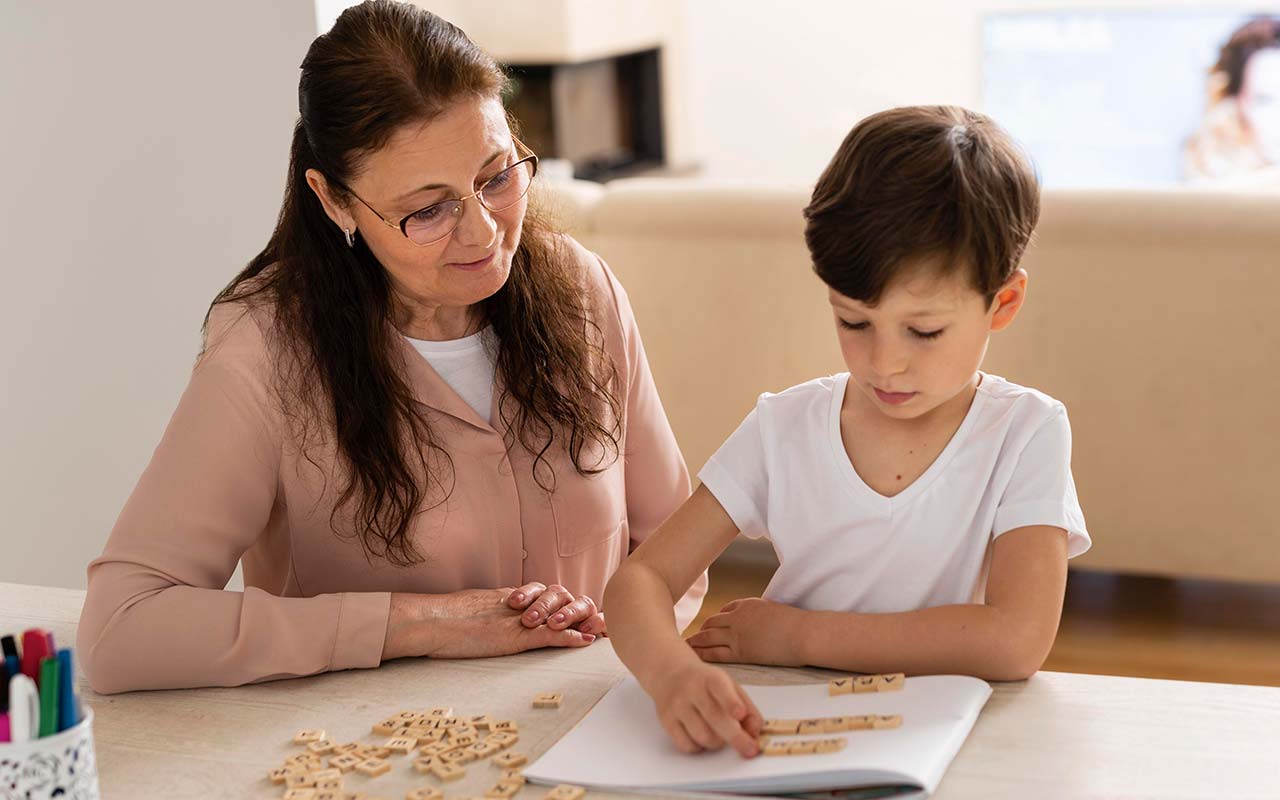The Pandemic
COVID-19
The COVID-19 pandemic, also known as the coronavirus pandemic, is an ongoing global pandemic of 2019 coronavirus disease (COVID-19) caused by severe acute respiratory syndrome coronavirus 2 (SARS-CoV-2). The new virus was first identified in an outbreak in Wuhan, China in December 2019. Attempts to contain it there failed, allowing the virus to spread around the world. The World Health Organization (WHO) declared a public health emergency of international concern on January 30, 2020, and a pandemic on March 11, 2020. As of June 6, 2022, the pandemic had caused over 532 million cases and 6.29 million confirmed deaths, making it one of the deadliest in history. This pandemic affected all over the world among the elders, younger as well as kids and children. Each level of humans got affected by pandemic-oriented mentality issues due to various scenarios.
More on COVID-19
Symptoms of COVID-19 range from undetectable to fatal, but usually include fever, dry cough, and fatigue. Severe disease is more likely in older patients and those with certain underlying medical conditions. COVID 19 is transmitted when people breathe air contaminated with airborne droplets and small particles that contain the virus. The risk of inhaling them is greater when people are nearby, but they can be inhaled over longer distances, especially indoors. Transmission can also occur when contaminated fluids enter the eyes, nose, or mouth, rarely via contaminated surfaces. Infected individuals are usually contagious for 10 days and can spread the virus even if they don’t develop any symptoms. The mutations produced many strains (variants) with varying degrees of infectivity and virulence.
Affect on kids
During the period of confinement and travel restrictions due to the COVID-19 pandemic, children have limited access to socialization, play, and even physical contact, which is essential for their well-being and development. School closures prevent children from accessing learning and limit their interactions with their peers. Children may feel confused and lost in the current situation, leading to frustration and anxiety that will only increase with overexposure to mass media and social media, especially among teenagers. Some adults struggle to find ways to explain and communicate with children about the current situation in a way that this age group understands, leading to frustration and anxiety.
It is natural for children to experience stress, anxiety, sadness, and worry during an ongoing pandemic like COVID-19. Anxiety and worry about your own health and that of your loved ones can be overwhelming and cause powerful emotions. In today’s digital world, children also access various types of information and news through social media and digital platforms, some of which may be fake, which causes more stress and anxiety. It is amplified when children cannot go out, play, go to school or interact freely. Children and families subject to quarantine or isolation may be at increased risk of violence and abuse. As stress levels rise, for both adults and children, the risk of gender-based violence and other forms of violence against children increases.
Looking for solutions
COVID-19 also brings new stressors for parents and caregivers. This can affect their ability to care for their children and stay engaged with them. As keen observers of people and environments, children will notice, absorb and react to stress from their caregivers and community members, which will inevitably impact their well-being. And the above is just the beginning. The stress level will be exponentially higher in vulnerable families. For example, for children who do not have parental care in daycare or alternative care, children who live on the street, or children who are migrants and traveling, the situation will be particularly difficult. Past experience with public health emergencies has shown that there is a high potential for increased violence, including gender-based violence, domestic violence, or corporal punishment against children and women. With current movement restrictions, girls and boys who are victims of violence will face obstacles in seeking help and accessing support systems.









